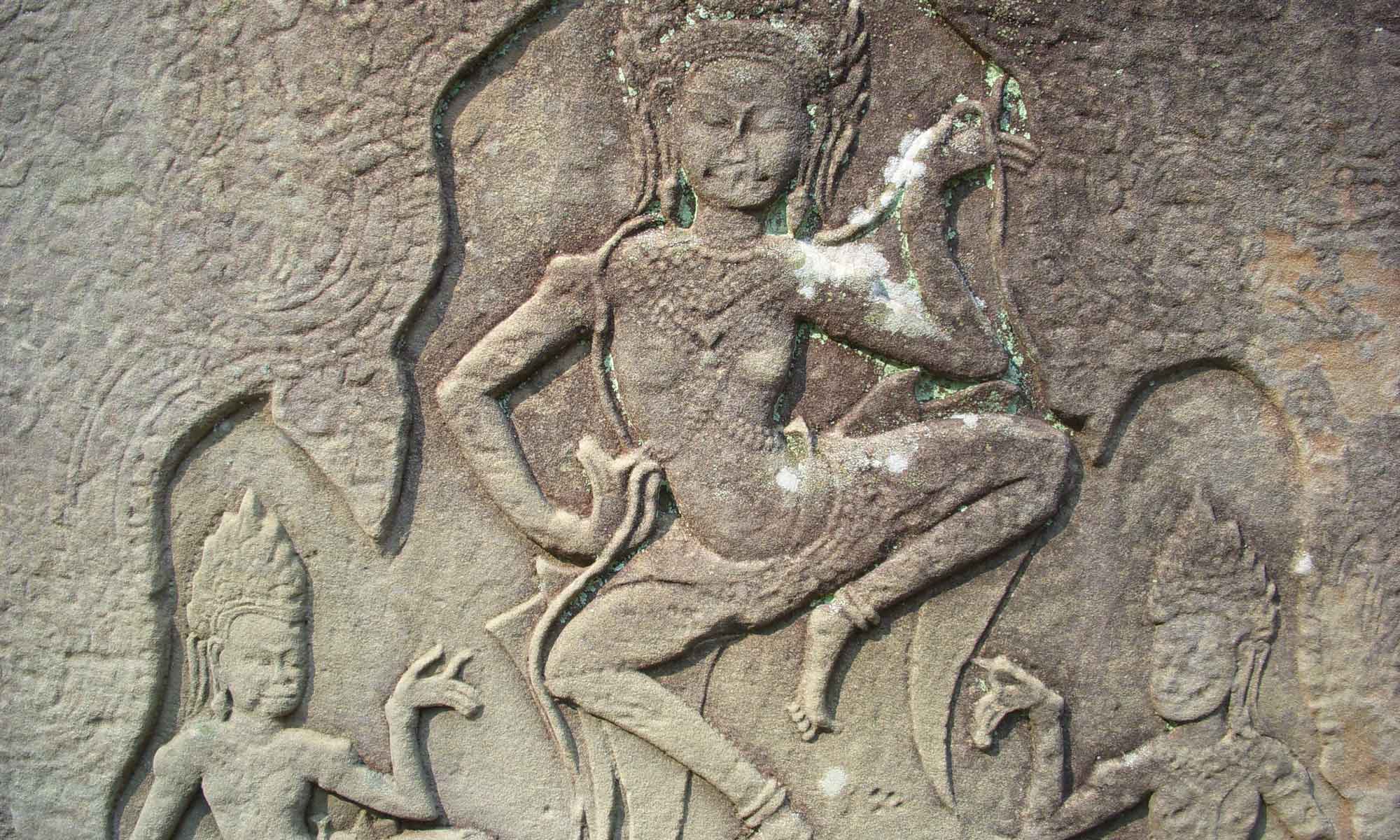 The 2014 National ASWM Conference in San Antonio (March 28-30, 2014) will feature a Film Series on scholarly subjects related to women and mythology. Documentary, narrative, and creative films will be considered for inclusion. The following guidelines are in place for selection of films.
The 2014 National ASWM Conference in San Antonio (March 28-30, 2014) will feature a Film Series on scholarly subjects related to women and mythology. Documentary, narrative, and creative films will be considered for inclusion. The following guidelines are in place for selection of films.
ASWM Film Guidelines
1. The film should be a scholarly work from a feminist/womanist perspective.
2. The focus of the film should include some form of women’s experience. (This may also include addressing the exclusion of women.)
3. The film topic should include a component of myth, sacredness and/or practice inspired by earth spirituality.
4. The film may address historical, contemporary or future-oriented topics anywhere on the globe, in cyberspace, and beyond.
5. The film may be artistic or realistic in approach.
6. ASWM wishes to encourage respectful study and representation of diverse cultures and experience. To that end, films should include the perspective of those being filmed to every extent possible. Collaborative projects are welcomed.
Films may be submitted for consideration by contacting aswmsubmissions@gmail.com for the submission form. Deadline is November 22, 2013. Please put “Film Proposal” in the subject line followed by the film title.



You must be logged in to post a comment.